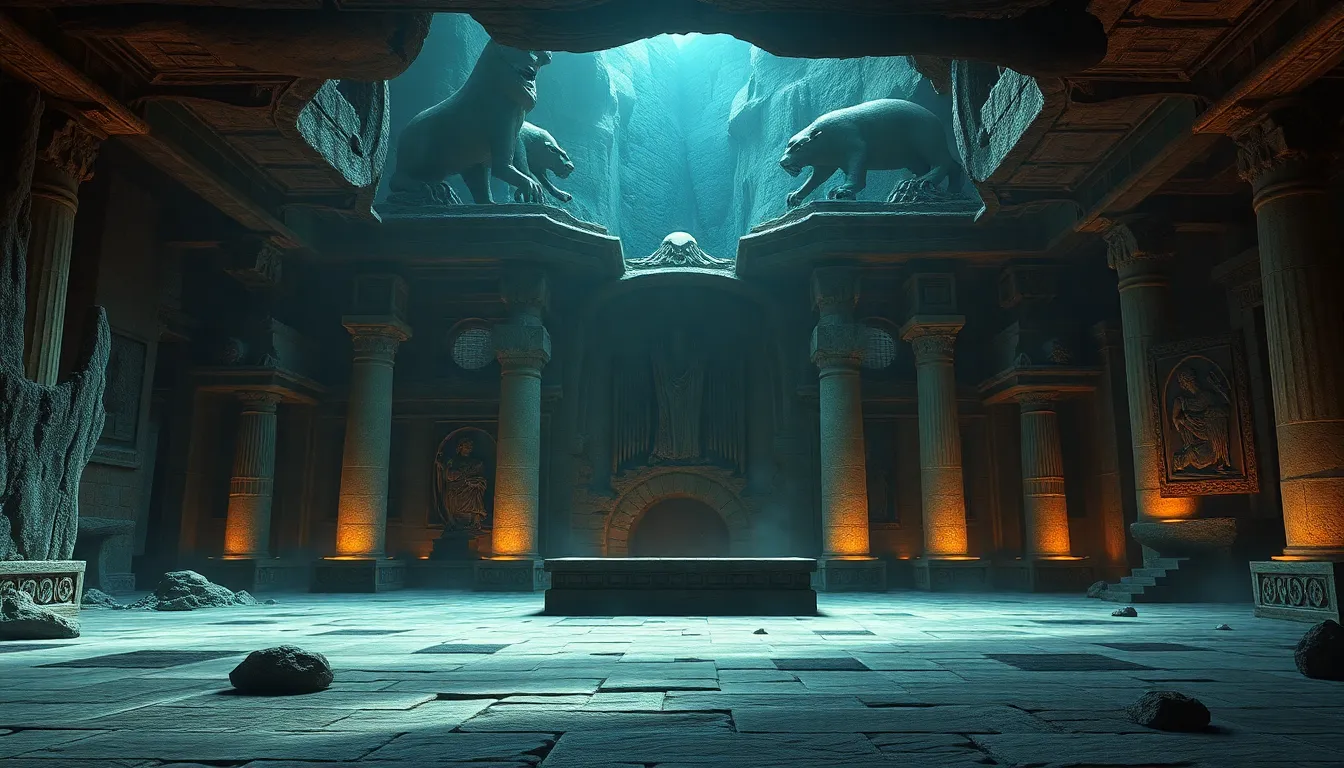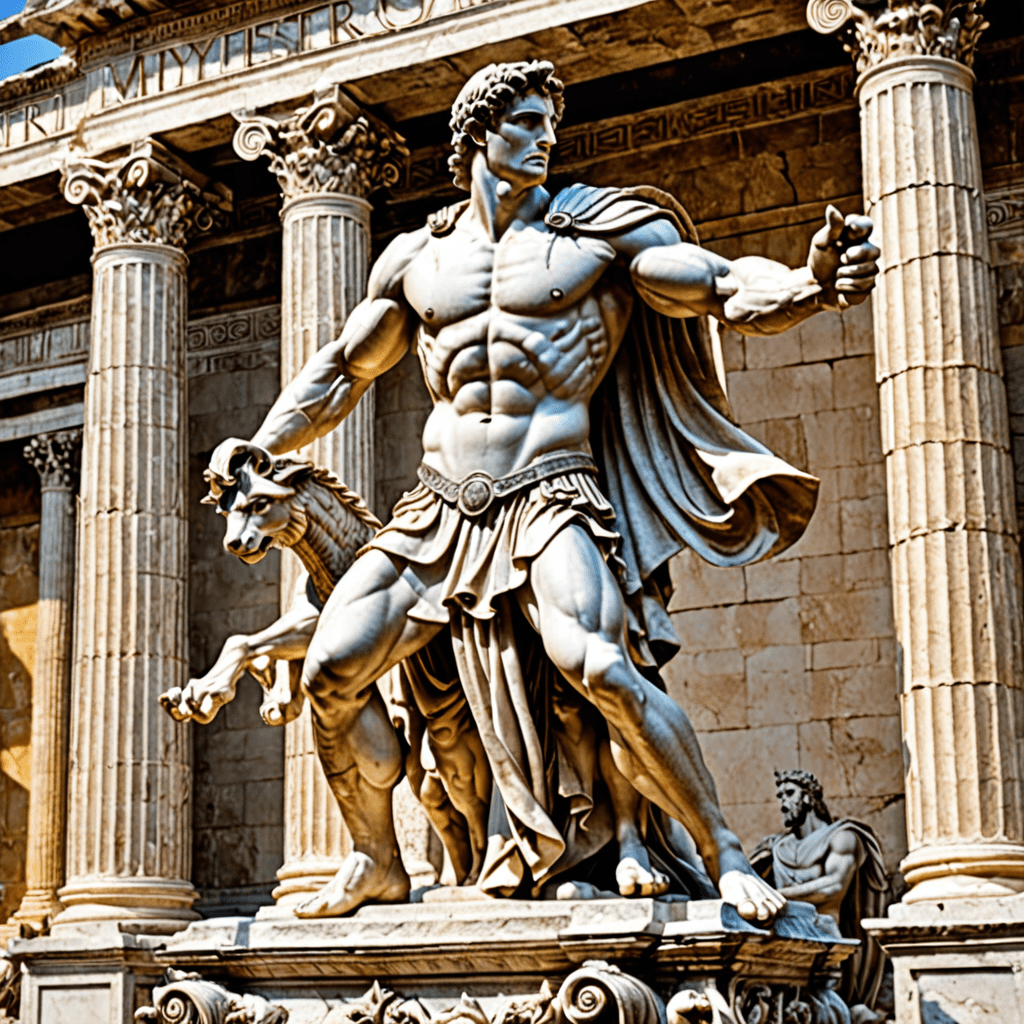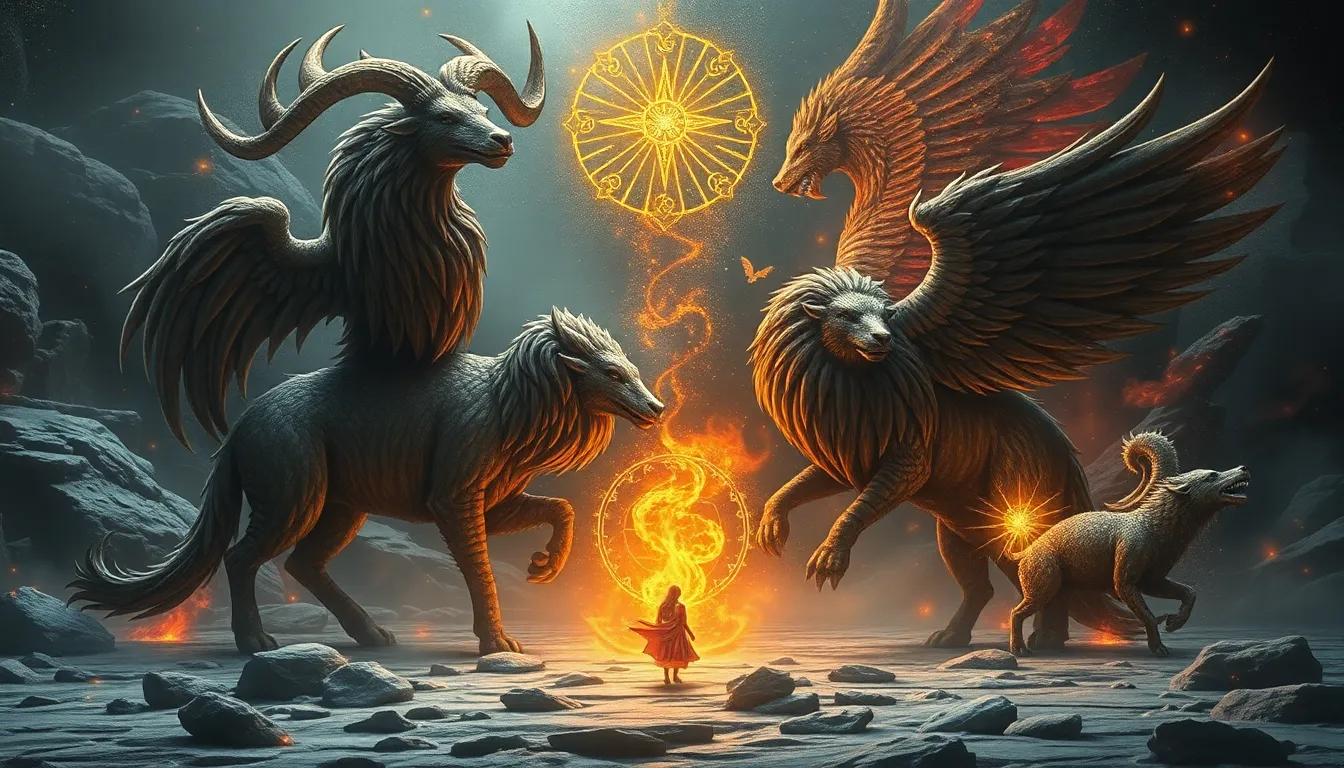Ancient Deities of the Underworld: Who Were the Rulers of the Dead?
Introduction to Underworld Deities
The concept of the underworld is a prominent feature in various cultures around the globe, often representing a realm where souls go after death. In many mythologies, the underworld is not merely a place of darkness and despair but serves as a vital component of the belief systems surrounding life, death, and the afterlife. Deities governing the underworld are crucial figures, embodying the complexities of mortality and the afterlife, and their stories reveal much about the cultures that worshiped them.
The Concept of the Underworld Across Civilizations
Across different civilizations, perceptions of the afterlife have varied significantly, shaping the way societies understand death and the journey beyond. Here’s a brief overview of some major cultural perspectives:
- Mesopotamian Mythology: The underworld, known as Kur, was a dreary place ruled by Ereshkigal, where the dead lived a shadowy existence.
- Egyptian Mythology: The afterlife was viewed as a continuation of life on earth, with Osiris as the ruler who judged souls.
- Greek Mythology: Hades governed a complex underworld, where the souls were judged and sent to various realms based on their earthly deeds.
- Roman Mythology: The Romans adopted many Greek beliefs, with Pluto as the ruler of the underworld, and emphasized the importance of proper burial rites.
Hades: The Greek God of the Underworld
Hades, a significant figure in Greek mythology, is often misunderstood as purely a god of death. He is one of the three brothers, alongside Zeus and Poseidon, who divided the realms of the world after defeating the Titans. Hades received dominion over the underworld, while Zeus ruled the sky and Poseidon the sea.
In his role, Hades is responsible for maintaining the balance of life and death. He oversees the souls of the deceased, ensuring they are judged and assigned to their respective places in the afterlife. The depiction of the underworld includes various regions such as the Elysian Fields for the virtuous, and Tartarus, a prison for the wicked.
Osiris: The Egyptian Ruler of the Afterlife
Osiris, a central figure in ancient Egyptian mythology, represents resurrection and eternal life. According to myth, Osiris was murdered by his brother Set, only to be resurrected by his wife, Isis. This story emphasizes the cyclical nature of life, death, and rebirth, which was foundational to Egyptian beliefs.
Osiris’ significance extends beyond mythology; he was a key figure in Egyptian funerary practices. Egyptians believed that by honoring Osiris, they could secure a favorable judgment in the afterlife. The symbolism of the afterlife in ancient Egypt was profound, as it reflected their values of order, justice, and renewal.
Yama: The Hindu God of Death
Yama, the god of death in Hindu mythology, has roots in the Vedic texts and has evolved through various interpretations over time. He is often depicted riding a buffalo, carrying a noose to ensnare souls. Yama plays a crucial role in the cycle of life, death, and rebirth, known as samsara.
In Hindu beliefs, Yama is not solely a figure of fear but also a guide for souls transitioning to the afterlife. His portrayal in art and literature often reflects his duality as both a punisher and protector, emphasizing the moral choices made during life.
Mictlantecuhtli: The Aztec God of the Underworld
Mictlantecuhtli, the Aztec god of the underworld, presided over Mictlan, the realm of the dead. His portrayal is often that of a skeletal figure adorned with symbolic elements of death. The Aztecs held a unique view of death, seeing it as a transition rather than an end, and believed that the deceased required assistance to navigate the afterlife.
Rituals associated with Mictlantecuhtli included offerings and ceremonies to honor the dead, reflecting the cultural importance of death and the afterlife in Aztec society. The reverence for Mictlantecuhtli underscores the belief that death was an integral part of the human experience.
Hel: The Norse Goddess of the Underworld
In Norse mythology, Hel is the goddess who governs the realm of the dead, often referred to as Helheim. She is the daughter of Loki and is depicted as a being with a dual nature—half living and half dead. Hel’s domain is a place for those who did not die a heroic death, emphasizing the Norse belief in valor in life.
The Norse concepts of life, death, and the afterlife are intricate and reflect a cultural understanding of fate and honor. Stories surrounding Hel often highlight her role as a caretaker of the souls who enter her realm, illustrating the nuanced views of death in Norse culture.
The Role of Female Deities in Underworld Mythology
Female deities play a significant role in underworld mythology across cultures. Figures like Ereshkigal, Hel, and Isis embody aspects of death, rebirth, and the cyclical nature of life. Their influences often challenge the predominantly male narratives surrounding death, offering a more balanced perspective.
In comparing male and female representations of death:
- Male deities often emphasize judgment and punishment.
- Female deities frequently embody nurture and the cyclical nature of life.
Cultural Rituals and Beliefs Surrounding Underworld Deities
Societies have developed numerous rituals to honor or appease the deities of the dead. These rituals often serve to ensure safe passage to the afterlife or to gain favor in the judgment of souls. Common practices include:
- Offerings of food and goods to the deceased.
- Funeral rites that include burial or cremation practices.
- Festivals honoring the dead, such as Dia de los Muertos in Mexican culture.
The impact of these rituals extends beyond mere practice; they shape societal perceptions of death and the afterlife, fostering a collective understanding of mortality.
Conclusion: The Legacy of Underworld Deities in Modern Culture
The ancient beliefs surrounding underworld deities continue to resonate in modern culture, influencing literature, art, and popular media. These figures remind us of the universal human experiences of death and the unknown, serving as a bridge connecting the past with contemporary understandings of morality and the afterlife. As we navigate our own beliefs about death, the legacies of these ancient rulers of the dead offer insight and reflection on the enduring mysteries of life and beyond.



